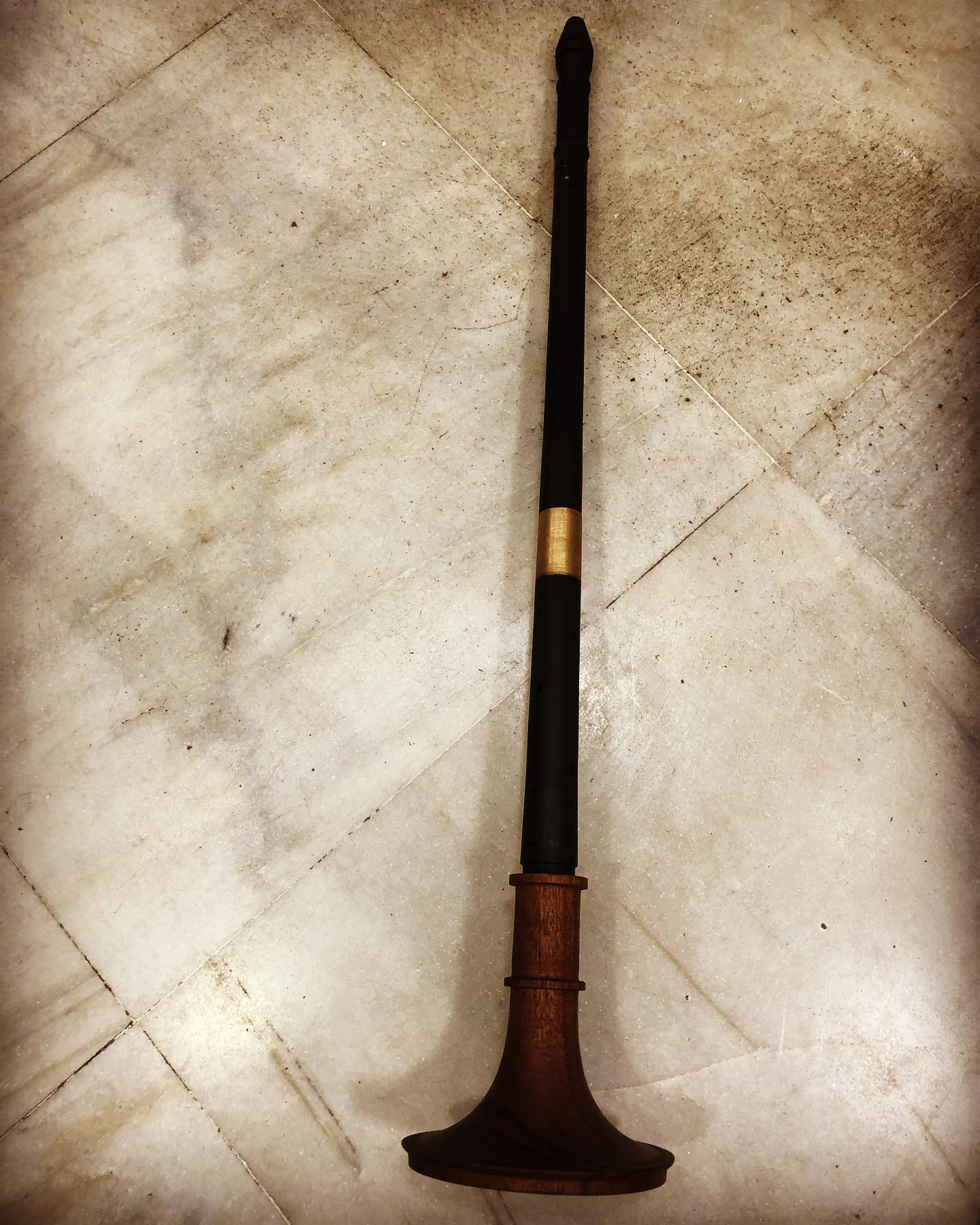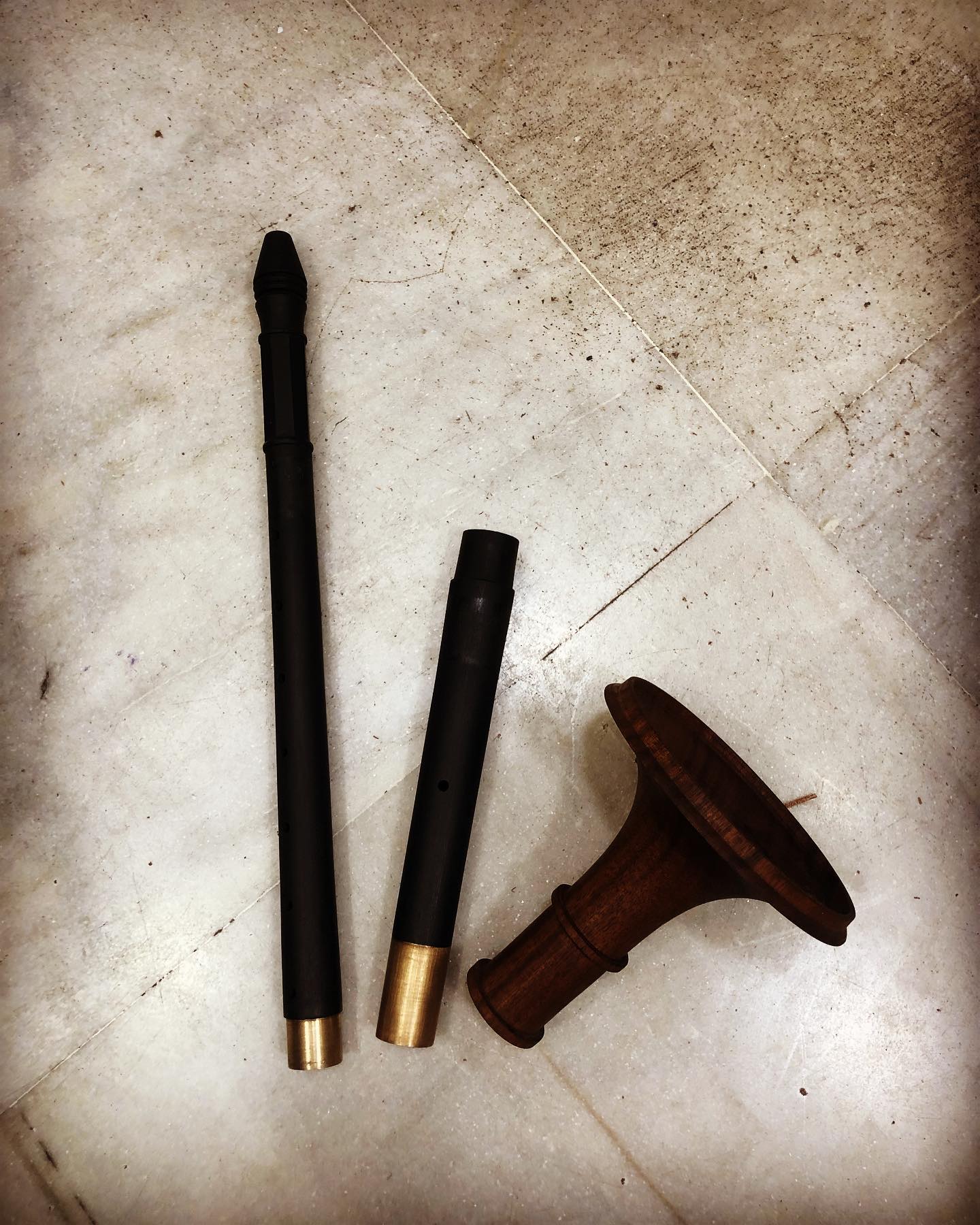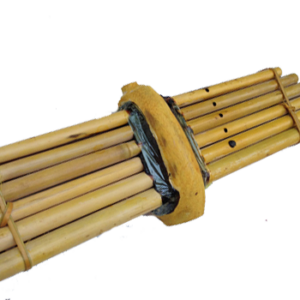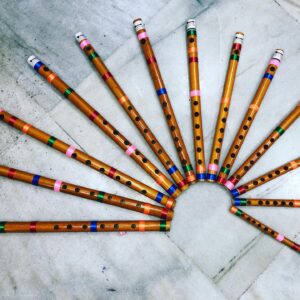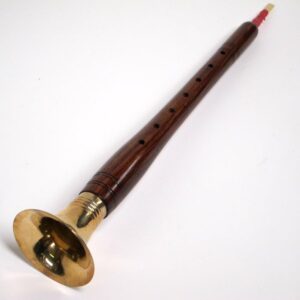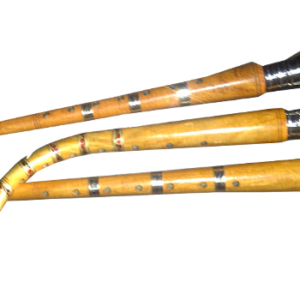Description
Nadaswaram
Special Features:
Nice sound & quality.
Delivery Time: 15-20 Working Days after Successful Payment.
For More information SMS 5700 Name Email Country and Send to +919830066661
N.B: All prices are inclusive of Shipping (International Air Mode)/ Packing/ Tax/ Insurance. No hidden cost. Read our Terms & Conditions, Privacy Policy and Shipping Policy.
In The Box: Nadaswaram
History (Wikipedia):
From where we get Nadaswaram- Small history below:
Our knowledge about the Nadaswaram is from Wikipedia. As per Wikipedia, we shared this small history to let our customers know about the instrument history. Many ancient Tamil texts, for instance, refer to the nadasvaram. Additionally, the Cilappatikaram mentions an instrument called the “vangiyam.” Furthermore, the structure of this instrument matches that of a nadasvaram. Since musicians play seven holes with seven fingers, they also call this the “eḻil.” Moreover, musicians also play this instrument in Tamil Nadu, and it is popular among the Tamil diaspora.
In addition, the nadaswaram is a double reed wind instrument from South India. Specifically, musicians use it as a traditional classical instrument in Tamil Nadu, Andhra Pradesh, Telangana, Karnataka, and Kerala, as well as in the northern and eastern parts of Sri Lanka. This instrument ranks among the world’s loudest non-brass acoustic instruments. Specifically, it resembles a wind instrument that is partially similar to the North Indian shehnai; however, it is much longer, with a hardwood body and a large flaring bell made of wood or metal.
In South Indian culture, people consider the nadasvaram to be very auspicious; consequently, musicians play it as a key musical instrument in almost all Hindu weddings and temples of the South Indian tradition. Furthermore, it belongs to the family of instruments known as mangala vadyam (lit. mangala “auspicious”, vadya “instrument”). Typically, musicians usually play the instrument in pairs, accompanied by a pair of drums called thavil; in addition, they can also accompany it with a drone from a similar oboe, called the ottu. This provides a basic history of the instrument.

